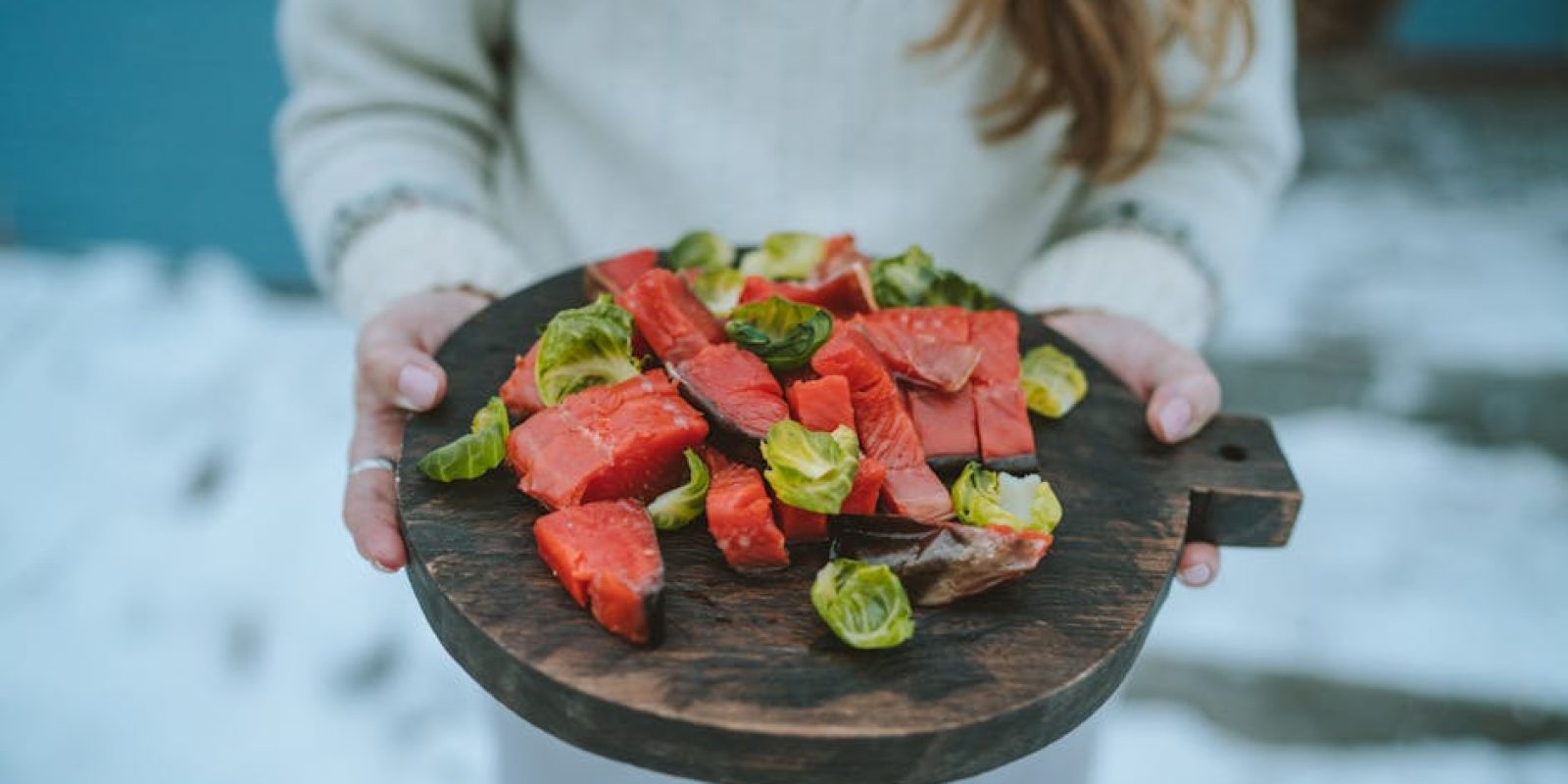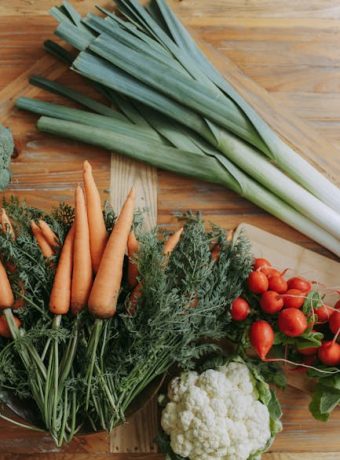Vegetables by Season: Winter Veggies for Soups 🍲
Winter is upon us, and there’s no better time to cozy up with a warm bowl of soup. But what makes a soup truly special? The answer lies in the fresh, seasonal vegetables you choose. In this blog post, we’ll explore the best winter veggies for soups, adding flavor, nutrition, and comfort to your cold-weather meals.
Table of Contents
1. Introduction
2. Why Choose Seasonal Vegetables? 🌿
3. Top Winter Veggies for Soups 🥕
4. How to Prepare Winter Veggies for Soups 🍲
5. Conclusion
6. FAQ Section 🗨️
Why Choose Seasonal Vegetables? 🌿
Choosing seasonal vegetables isn’t just a trendy idea; it’s a delicious and sustainable practice. Seasonal veggies are at their peak flavor, more nutritious, and often more affordable. Plus, they’re better for the environment, reducing the carbon footprint associated with out-of-season imports.
Top Winter Veggies for Soups 🥕
Winter is a season of hearty, nutrient-rich vegetables that can transform a simple soup into a satisfying meal. Here are some of the best winter veggies for your soups:
1. Root Vegetables
Root vegetables like carrots, parsnips, and turnips are winter staples. They’re packed with vitamins and minerals, and their natural sweetness enhances the flavor of any soup.
2. Leafy Greens
Don’t underestimate the power of kale, spinach, and Swiss chard. These greens add a vibrant color and a dose of iron and calcium to your soups, making them not only tasty but also healthy.
3. Squash
Butternut and acorn squash are perfect for winter soups. Their creamy texture and slightly sweet flavor blend beautifully into pureed soups, providing a comforting base.
4. Cabbage and Brussels Sprouts
These cruciferous veggies are rich in fiber and antioxidants. They add a lovely crunch to soups and are particularly delicious in broth-based recipes.
5. Leeks and Onions
No soup is complete without a flavorful base. Leeks and onions offer the perfect aromatic foundation, enhancing the overall taste of your winter concoctions.
How to Prepare Winter Veggies for Soups 🍲
Preparing your winter veggies properly is key to maximizing their flavor and texture. Here are some tips:
Washing and Peeling: Always wash your vegetables thoroughly. Peeling may not be necessary for all veggies, as skins can add extra nutrients and flavor.
Chopping: Cut your veggies into uniform pieces to ensure even cooking. For root vegetables, aim for small cubes; leafy greens can be roughly chopped.
Sautéing: For a richer flavor, consider sautéing onions, leeks, and garlic before adding them to your soup. This step can enhance the aromatic profile of your dish.
Conclusion
Embracing seasonal winter vegetables in your soups not only elevates the taste but also supports your health and the environment. So, this winter, explore the bounty of seasonal produce, experiment with new recipes, and enjoy the warmth and comfort that a well-made soup brings.
FAQ Section 🗨️
Q1: Can I freeze soups made with winter vegetables?
A: Absolutely! Most soups freeze well. Just ensure they’re cooled completely before storing them in airtight containers.
Q2: How do I thicken my winter vegetable soup?
A: You can thicken soups by blending some of the cooked veggies, adding a bit of cream, or using a roux made from flour and butter.
Q3: Are there any low-carb winter vegetables for soups?
A: Yes, cauliflower and cabbage are low-carb options that work well in soups, providing texture and flavor without the extra carbohydrates.
Q4: What spices go well with winter vegetable soups?
A: Common spices include thyme, cumin, paprika, and bay leaves. These spices complement the sweetness and earthiness of winter vegetables.
Q5: Can I use winter squash in brothy soups?
A: Definitely! While squash is often used in purees, it can also be cubed and added to brothy soups for texture and sweetness.



